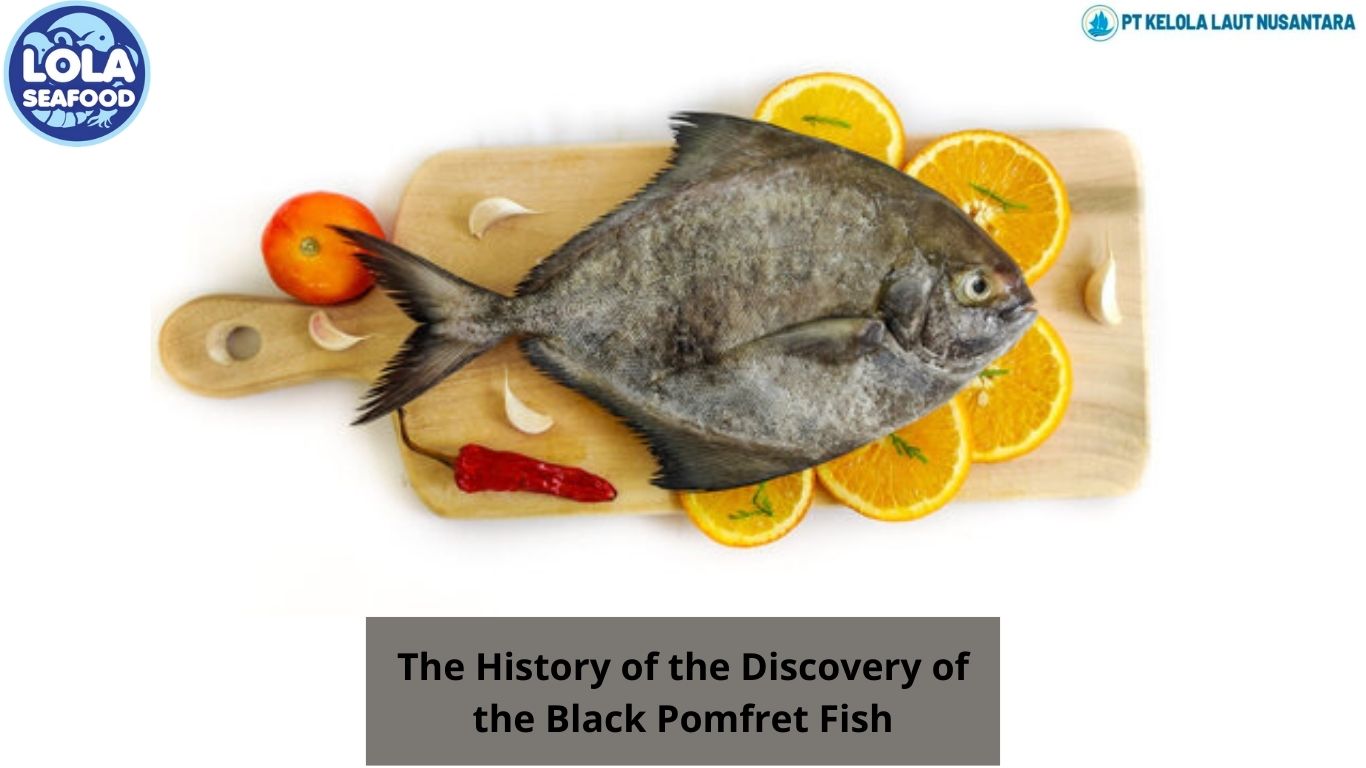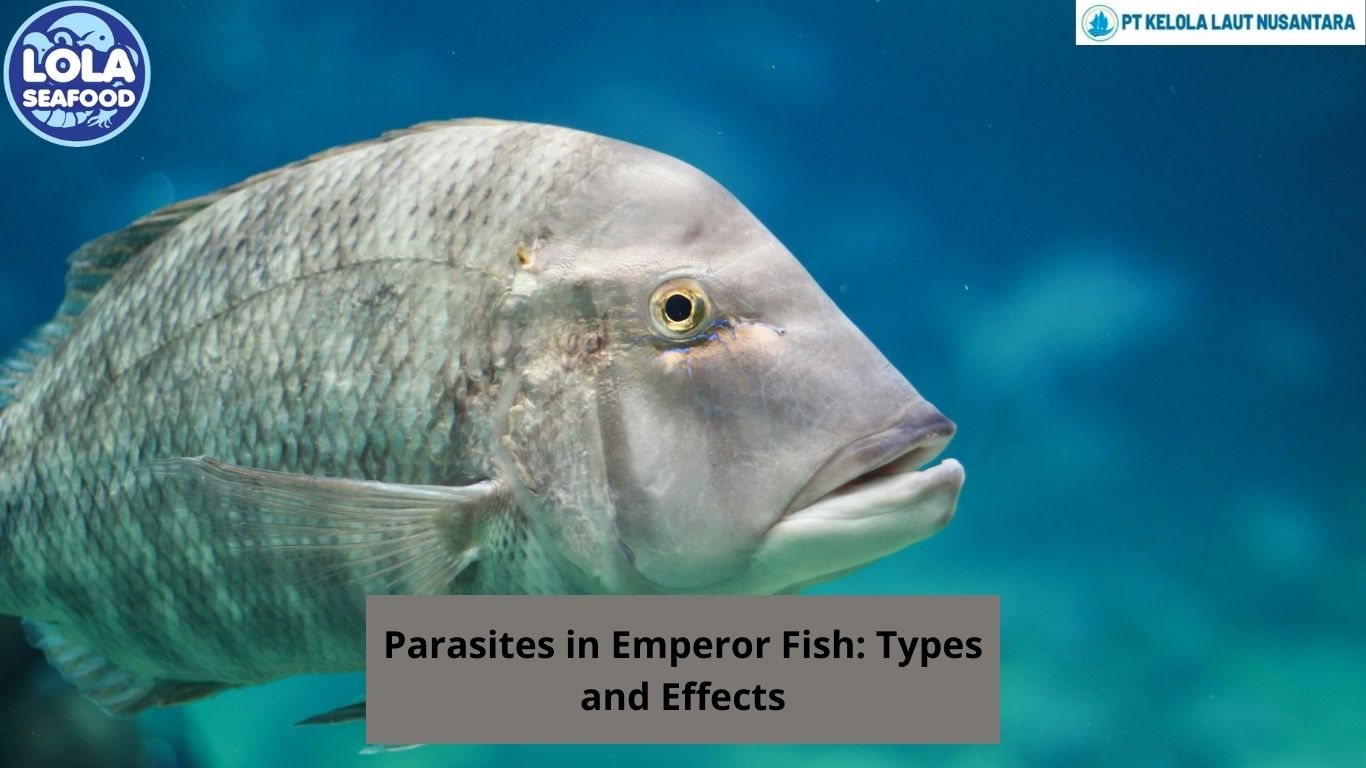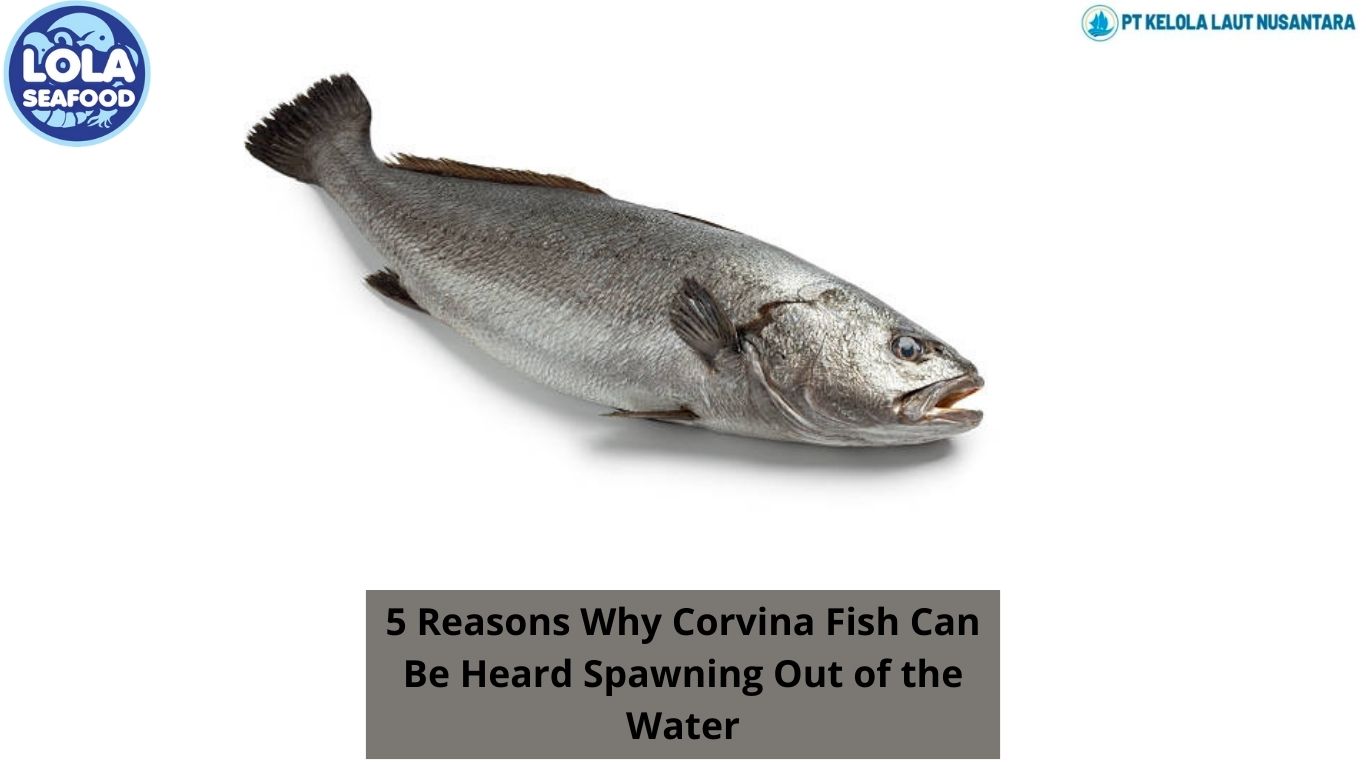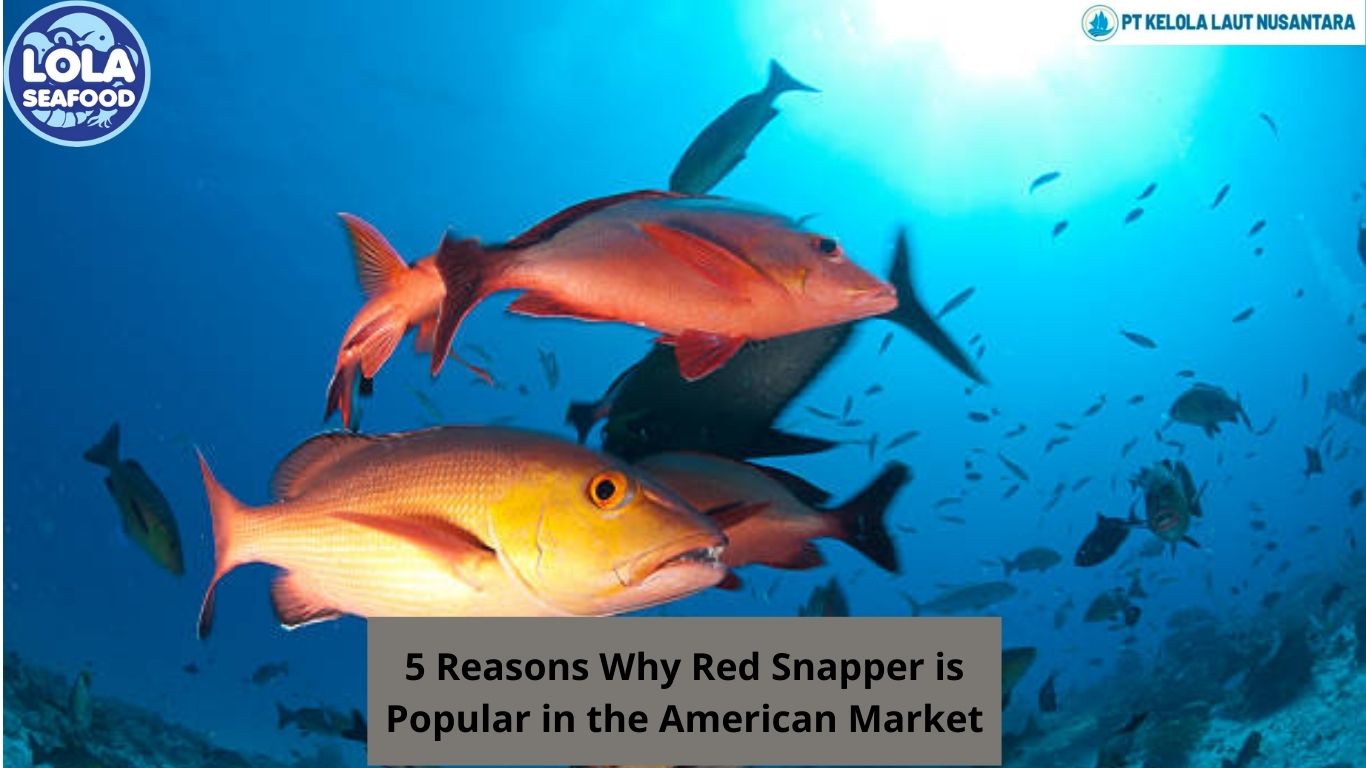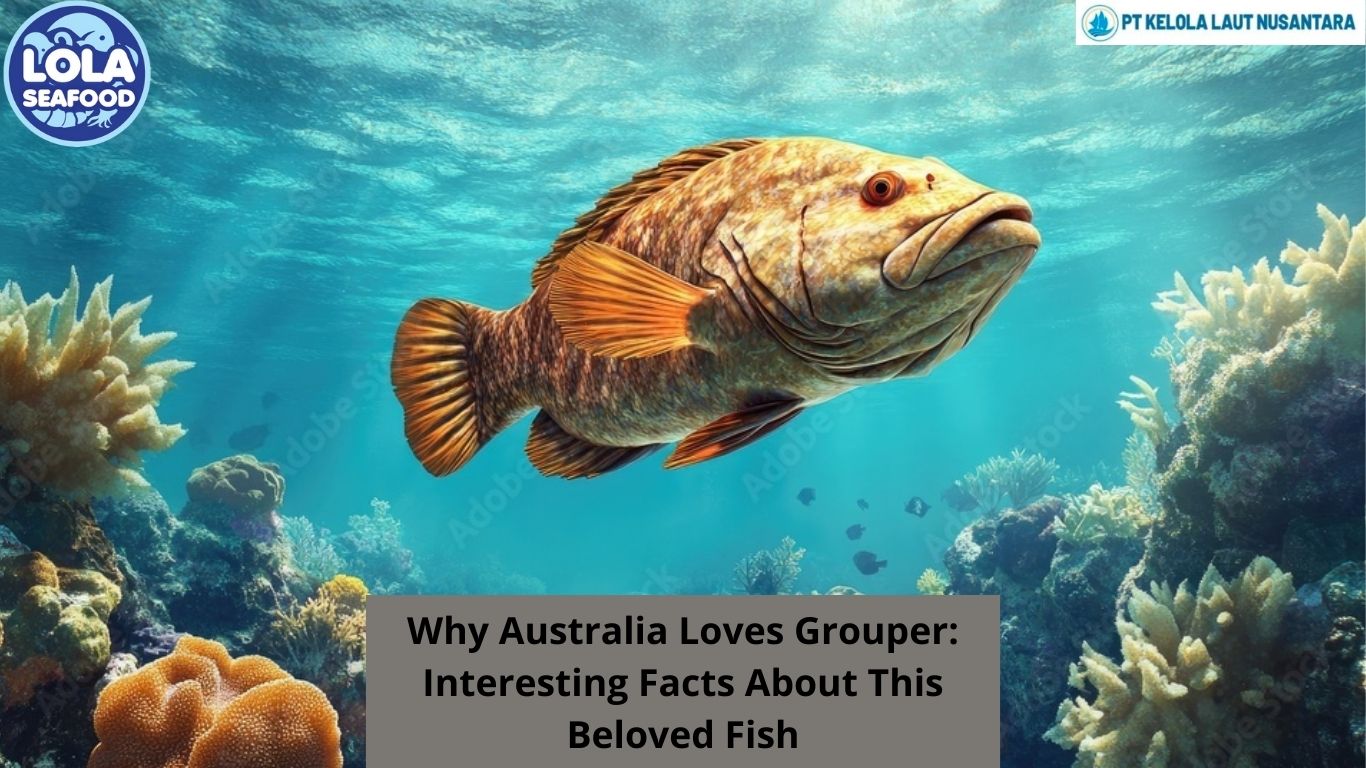Here's what You Should Know About the Ecosystem of The Ruby Snapper
By. Kusni - 20 Feb 2025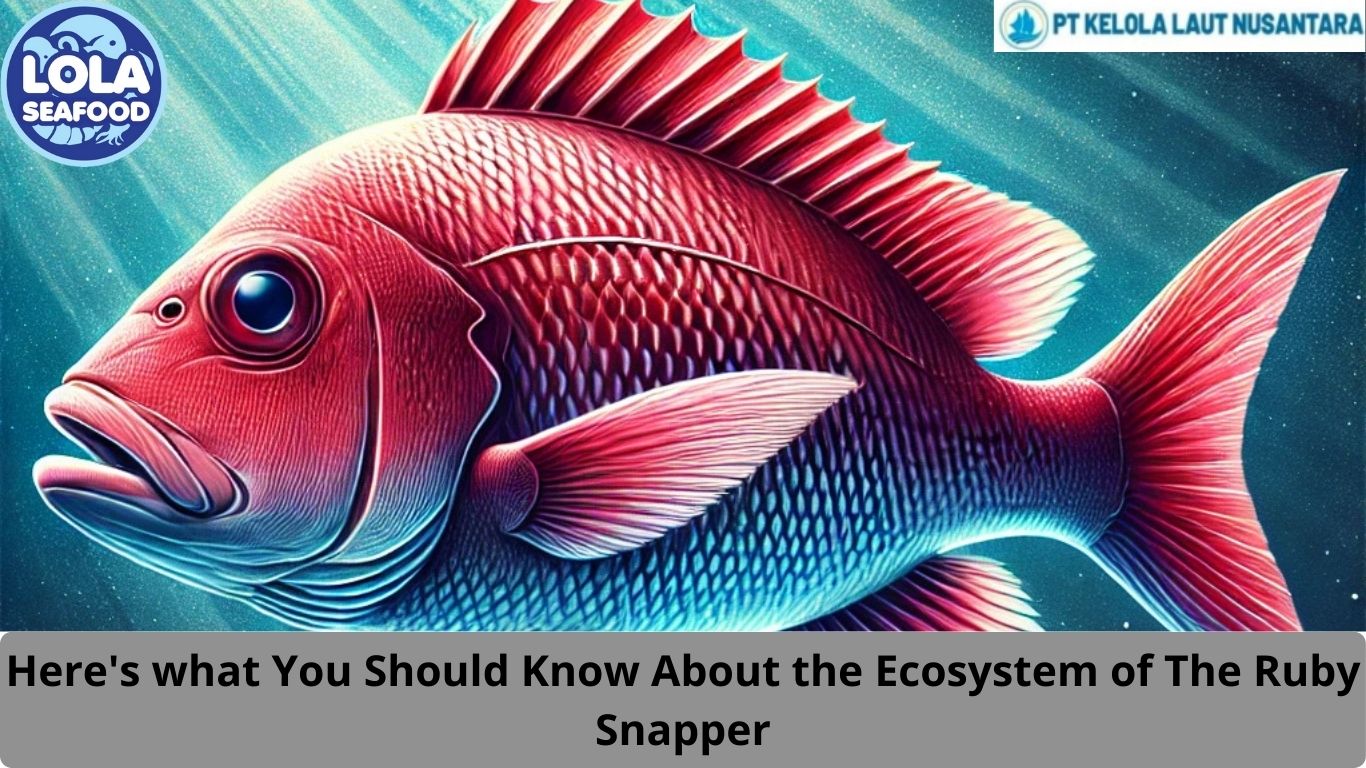
Kelolalaut.com The Ruby Snapper (Etelis carbunculus) is a deepwater fish species belonging to the Lutjanidae family, commonly found in the tropical and subtropical waters of the Indo-Pacific region. This vibrant red fish, prized for its firm, white flesh and mild flavour, plays a crucial role in the marine ecosystem. Understanding its habitat, diet, predators, and role in fisheries provides insight into its ecological importance and the need for sustainable management.
Habitat and Distribution
Ruby Snapper primarily inhabits deep reef slopes and seamounts at depths ranging from 90 to 400 meters (300–1,300 feet). These fish are often found near continental shelves and oceanic islands, particularly in regions such as the Hawaiian Islands, Japan, the Philippines, Indonesia, and Australia. Their preference for deep, cooler waters means they are less affected by coastal environmental changes compared to shallow-water species.
The underwater environment where Ruby Snapper thrives consists of rocky substrates, coral outcroppings, and drop-offs, providing shelter from strong ocean currents and predators. Because they prefer deeper waters, they are typically less exposed to human disturbances such as coastal pollution and habitat destruction.
Diet and Feeding Behaviour
Ruby Snapper are carnivorous predators that feed on a variety of marine organisms. Their diet primarily includes:
- Small fish (e.g., lanternfish and juvenile reef fish)
- Crustaceans (e.g., shrimp, crabs)
- Cephalopods (e.g., squid, octopus)
Being opportunistic feeders, they rely on their keen sense of sight to detect prey in low-light conditions. They often hunt near the ocean floor, using their speed and sharp teeth to capture fast-moving prey.
Predators and Natural Threats
Despite being an apex predator in its ecosystem, the Ruby Snapper is not without threats. Juvenile Ruby Snappers are more vulnerable to predation, while adults face challenges from larger marine predators, including:
- Sharks (e.g., tiger sharks, reef sharks)
- Larger predatory fish (e.g., groupers, barracudas)
- Deepwater marine mammals (e.g., toothed whales)
Apart from natural predators, human activities pose a significant threat to their population, particularly through overfishing.
Role in Fisheries and Conservation Concerns
Ruby Snapper is highly sought after in commercial and recreational fisheries due to its desirable texture and taste. It is often caught using:
- Deepwater handline fishing
- Bottom longlines
- Vertical drop lines
While the species is not currently classified as endangered, overfishing is a growing concern. Deepwater fish, including Ruby Snapper, tend to have slow growth rates and low reproductive output, making them vulnerable to population declines. Fisheries management in regions such as Hawaii and Australia include catch limits, seasonal restrictions, and size regulations to ensure sustainable harvests.
The Ruby Snapper (Etelis carbunculus) is an integral part of the deep-sea ecosystem, playing a role as both predator and prey. Its habitat in deep reef environments protects it from some human-induced threats, but overfishing remains a major concern. Sustainable fishing practices and conservation efforts are essential to maintaining healthy populations and ensuring that future generations can continue to benefit from this valuable marine resource.
If you are intrested in our Goldband / Crimson Snapper Whole Round, Goldband / Crimson Snapper Fillet Skin On, White Snapper / Robinson Seabream / Seabream Whole Round / Whole Gilled Gutted Scaled, White Snapper / Robinson Seabream / Seabream Fillet Skin On, Snapper Whole Round / Whole Gilled Gutted Scaled, Red / Scarlet Snapper Fillet Portion, Red / Scarlet Snapper Fillet Skin On, Snapper Fillet Skinless please do not hesitate to contact us to email and / or whatsap
